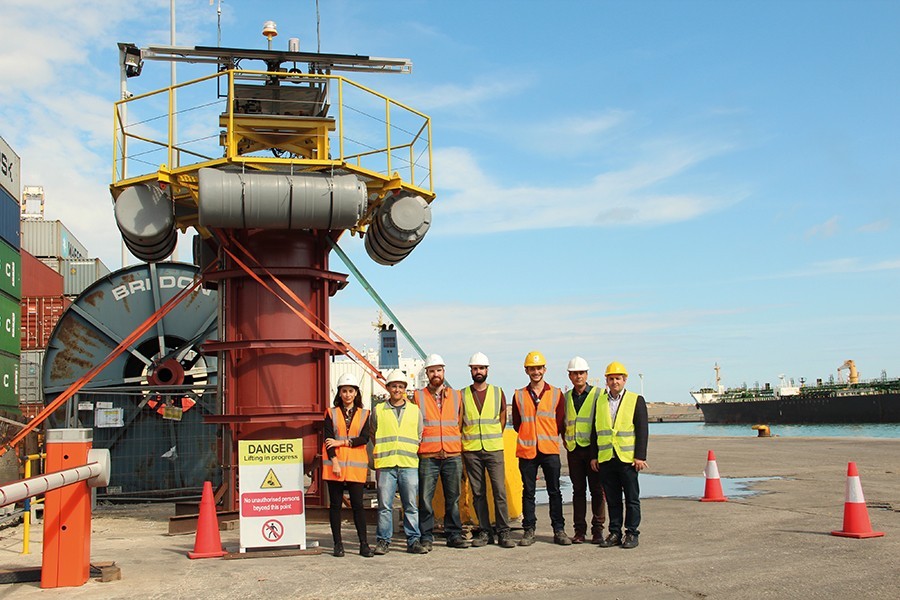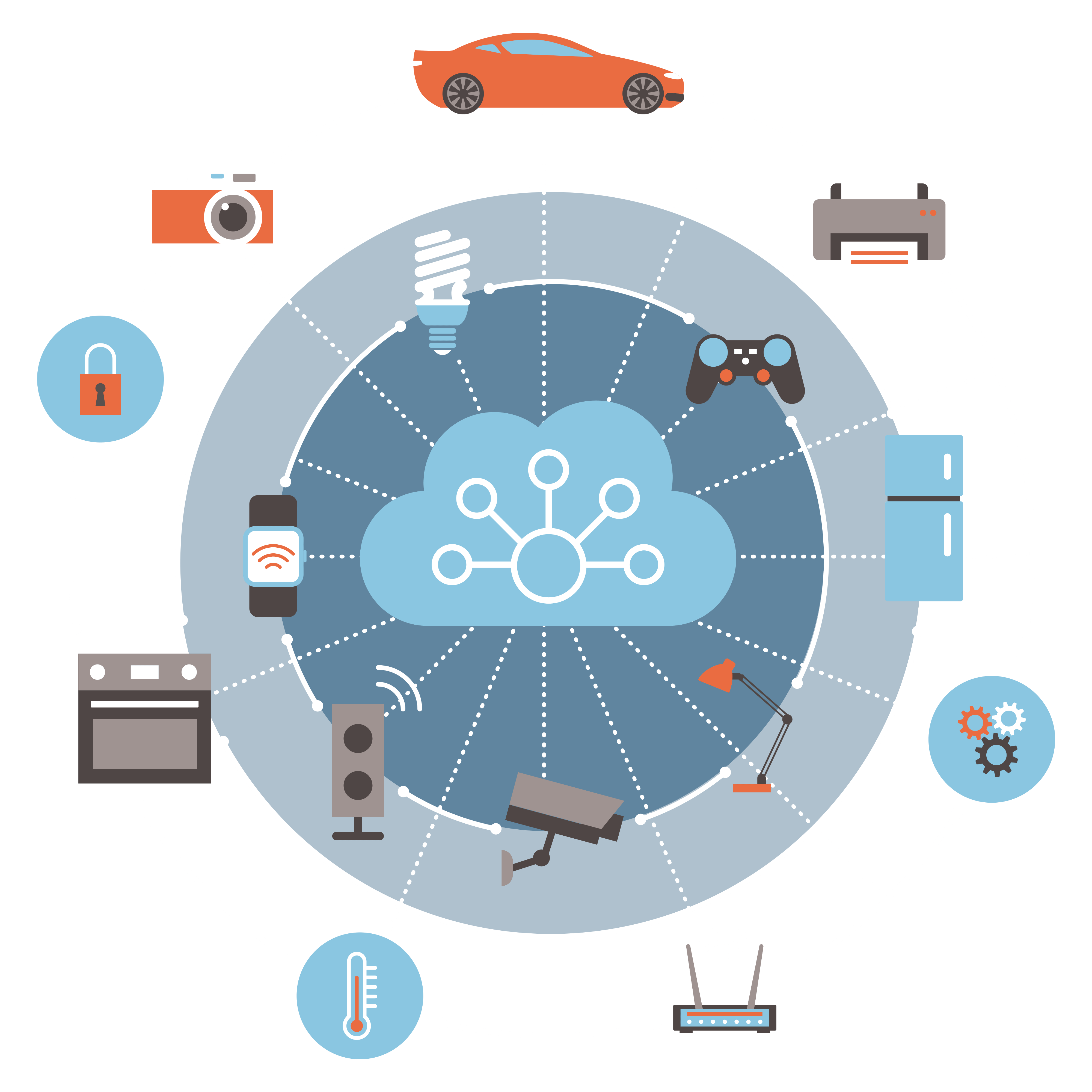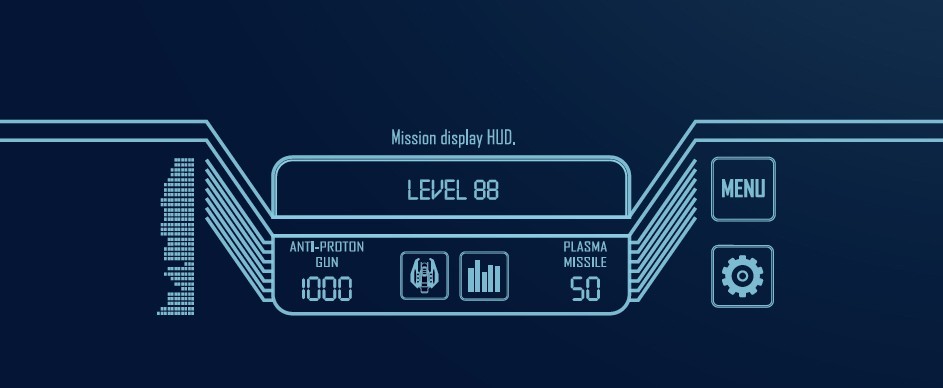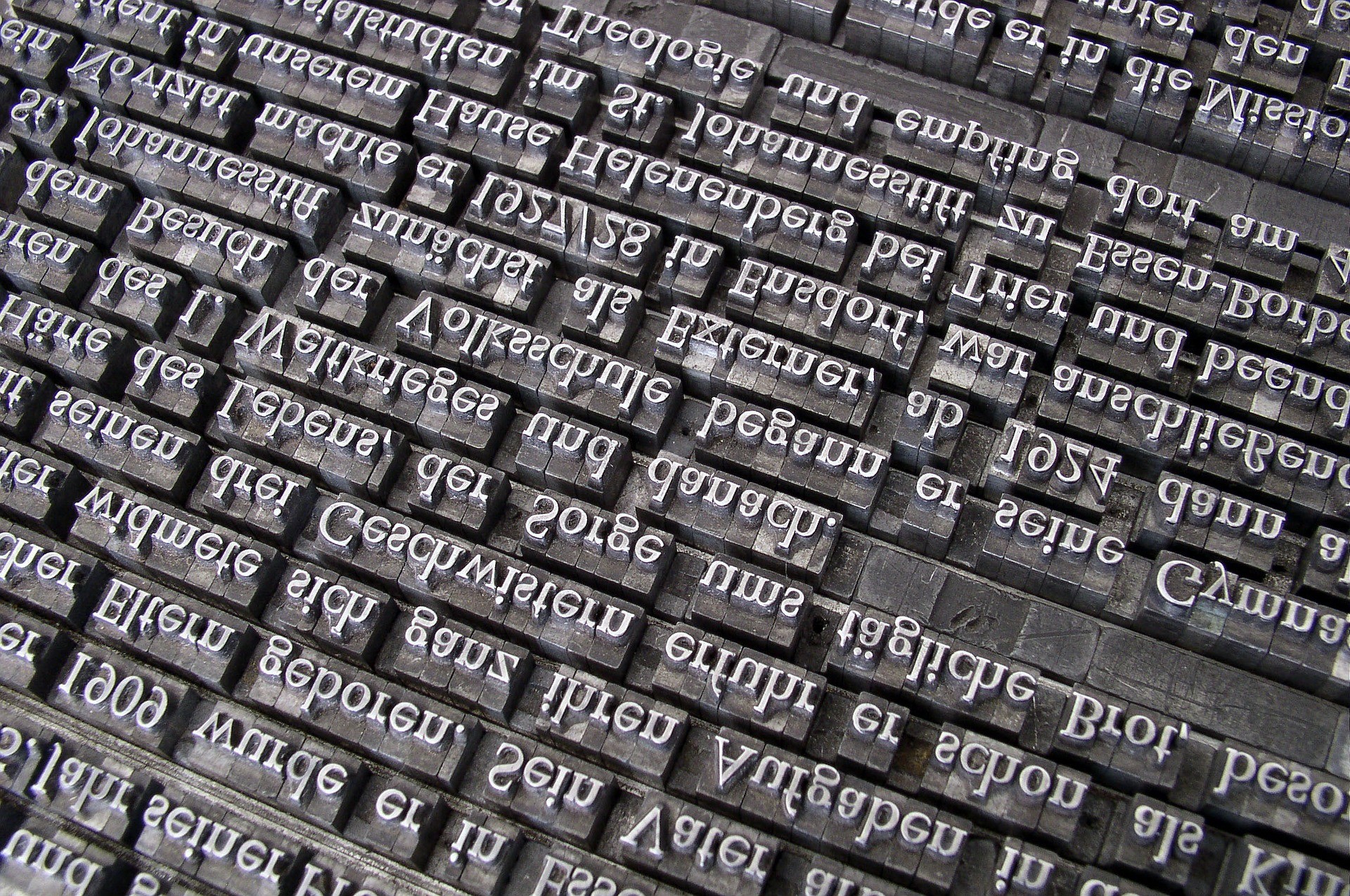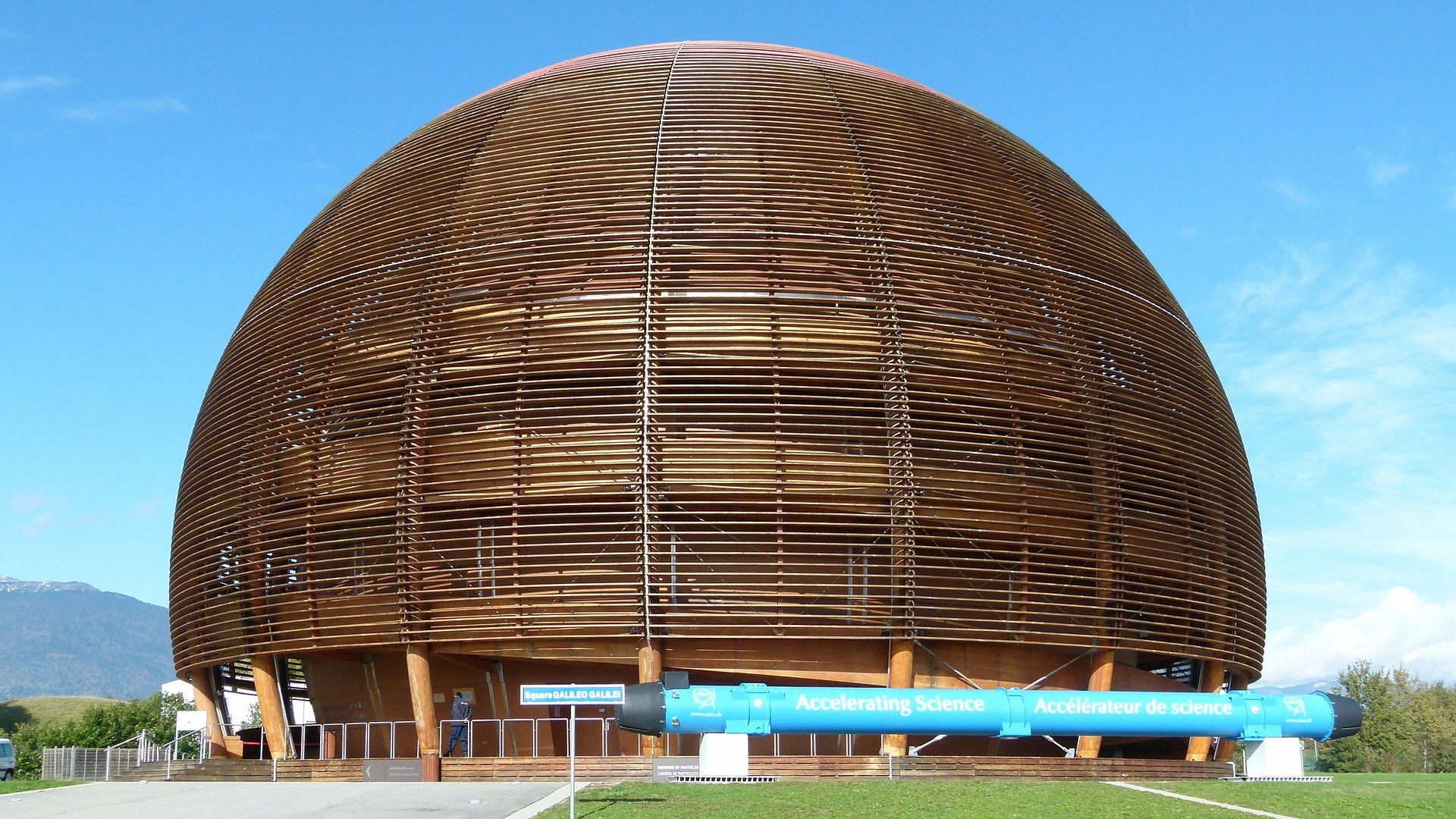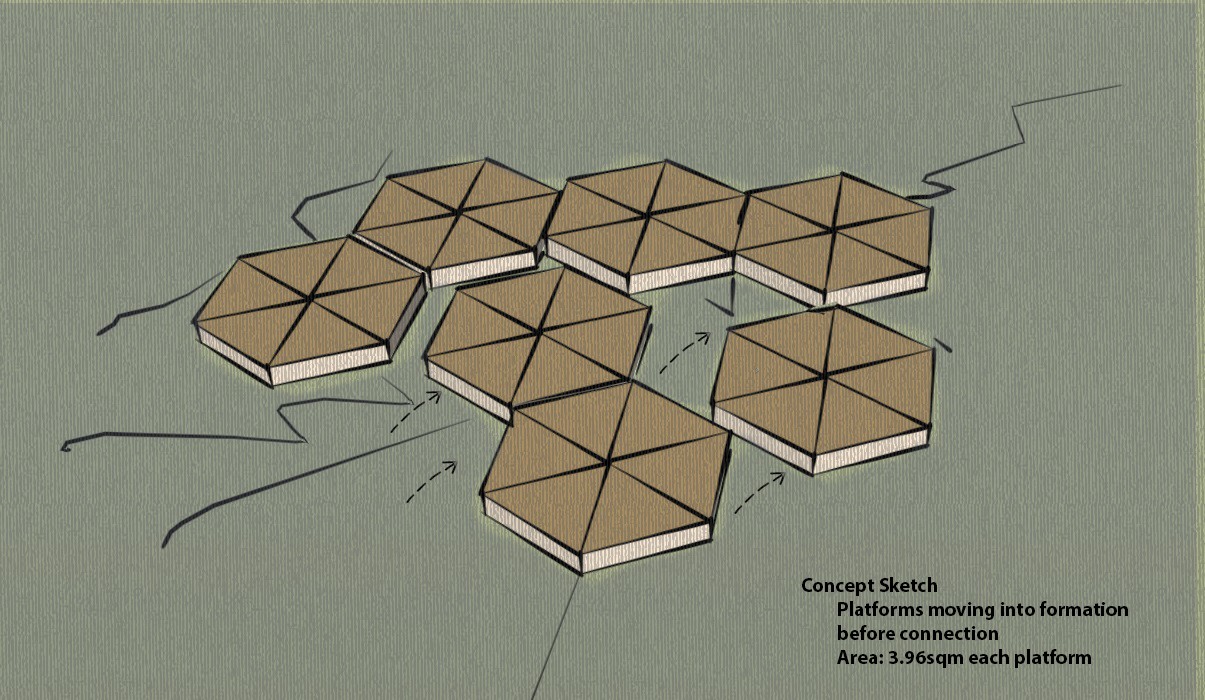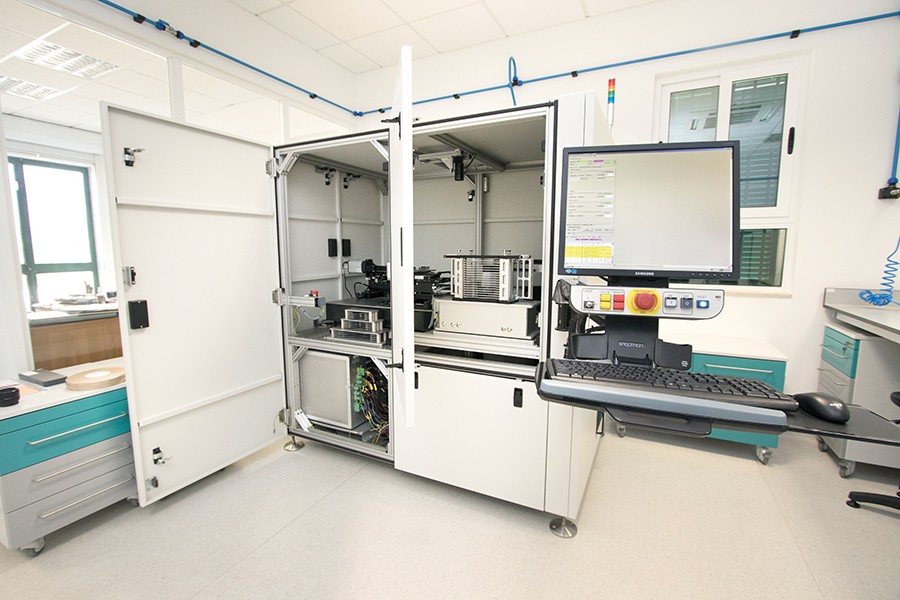Wandering Free
A new study is trying to help people with dementia become more independent, via devices that use complex algorithms to recognise human activities. Simultaneously, their carers will receive unique insights into the condition. Here, Iggy Fenech chats to Dr Conrad Attard to understand how pervasive electronic monitoring works and what impact it is having.
Smart search for Maltese legal professionals
Cassi Camilleri talks to Dr Albert Gatt and Prof. Gordon J. Pace about their efforts to make life easier for legal professionals across the island by digitising Maltese law through an app called Assiduity.
Game against the machine
Artificial Intelligence is being trained to make weapons and predict the outcome of battles. But fear not—there is no nefarious purpose behind this work at The Institute of Digital Games; the research intends to make games more balanced and enjoyable.
Compiling the first Maltese-to-Maltese Thematic Thesaurus
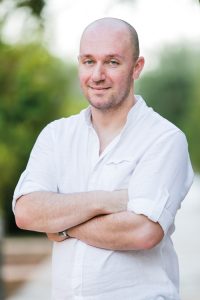
Think of a chubby guy you know. It’s been awhile since I read J.K. Rowling’s books but the image of Harry Potter’s Uncle, Vernon Dursley, just popped into my mind. OK. Now how would you describe him in Maltese? Would you use imbaċċaċ or qawwi? Would you choose kbir, tqil, goff or matnazz? Or maybe you’re given to more flowery language and would instead go for qisu l-vara l-kbira, donnu katuba or qisu ħanżir imsemmen? If these nine expressions all happen to have a place in your vocabulary, then you’re on the right track. Before I started my research, I didn’t know there were at least 37 alternatives you could consider before reverting to the default oħxon!
The main aim of my work over the last three years—Il-Kompilazzjoni ta’ teżawru tematiku Malti dwar in-natura tal-bniedem u r-relazzjonijiet soċjali tiegħu, supervised by Prof. Manwel Mifsud—has been to compile a Maltese-to-Maltese thematic thesaurus. This would not only help users find alternatives to the words and phrases they already know, but also to act as a ‘word prompter’ that would enable people to better express themselves when a specific word eludes them.
To help people speak or write better in Maltese, this thesaurus is not structured alphabetically, but rather has a thematic macrostructure. The six themes it covers are: 1. Il-familja u l-ħbieb (family and friends); 2. Il-ġisem u l-kura tiegħu (the body and its care); 3. Id-deskrizzjoni fiżika (physical description); 4. Id-deskrizzjoni tal-karattru (character description); 5. Is-sentimenti u l-emozzjonijiet (sentiments and emotions); and 6. Il-fażijiet tal-ħajja (life’s phases). Each theme is further organised into sub-themes, allowing users to drill down to the headword they need, a sentence that illustrates its use, and a group of synonyms, tagged whenever necessary to indicate archaic words or idioms among other examples.
Even if the advantages of using a thematic thesaurus outweigh those of using an alphabetically organised one, I kept renowned lexicographer Sidney I. Landau’s position in mind: ‘Alphabet is the only sure way of arranging words.’ Consequently, I gave the user a back entry to this thematic thesaurus through an exhaustive alphabetic index that includes around 12,000 entries.
The thesaurus will be published by Merlin Publishers, and we also want to make it available online to encourage widespread use.
Author: Dwayne Ellul
This research was carried out as part of M.A. in Maltese, Faculty of Arts, University of Malta.
Borderline
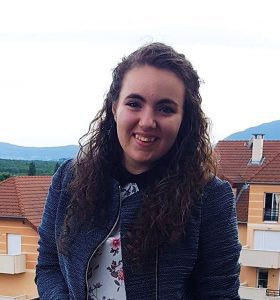


At the European Organization for Nuclear Research (CERN), an army of researchers from around the world are studying the very structure of our universe, starting from the very basic constituents of matter: the fundamental particles.
CERN has some of the largest laboratories in the world, boasting cutting-edge purpose-built instruments like particle accelerators and detectors. It therefore comes as no surprise that, when lecturers from the G. F. Abela Junior College’s Physics Department announced they were organising a visit, all the positions available were quickly snapped up.
There was a recurring theme present throughout our CERN experience: ‘borders’. During our stay, we crossed the Franco-Swiss border several times from our lodgings in France to CERN in Switzerland. Coming from a small islandstate, where any inter-country travel requires a plane or boat ticket, it was a little surreal being able to put our passports away and walk to Switzerland.
The visit helped us reflect on the boundaries we create when trying to study how nature works. We compartmentalise topics into physics, chemistry, or biology, when really these topics are all one large subject seen from different viewpoints. This was most evident in the permanent exhibitions at CERN that touched on topics including atomic structure, PET scans, and the development of computer technology at CERN. There were no borders between the different subjects we studied in different departments back at Junior College.
During this amazing week, we experienced tours of the facility using CERN’s own transport. Many of the researchers use bicycles, taking advantage of all the green areas. We saw dedicated individuals working together for the good of the world, no matter their colour or creed. They overcame yet another border: a cultural one. Their mission is simply to produce outstanding work that will help us understand the universe around us.
The trip opened our eyes in many ways. As a group, we learnt together and supported one another when needed. We shared ideas. Discussed. We were our own mini-unit. With an understanding of this dynamic and all the fields involved, some of us have even been inspired to add a new goal to our list: join the team at CERN.
Authors: Maria Victoria Vella, Josephine Vella and Karen Muscat
This visit was made possible thanks to our sponsors: Liquigas Malta Ltd, Mizzi Motors, and Buzzer Stationers & Publishers. We wish to thank our lecturers for organising the experience, namely Ms. M. Soler, Ms. A. Vella, Mr. C. Busuttil, Ms. L. Bonello, and Ms. E. Bugeja.
The floating lantern
In Japan, candle-lit lanterns are released into rivers in Toro nagashi to guide the spirits of ancestors back to the other world. The lanterns exude beautiful, orange light as they float downstream. At times they group together, creating what look like small, glowing platforms. This very image was what inspired the floating platform Dr Rebecca Dalli Gonzi is building, together with her colleagues Dr Joseph Falzon, Prof. Tonio Sant, and NAS Limited. The project is being consulted with Prof. Claire DeMarco and ALTERN Limited.
By bringing together the sea, the arts, architecture, and engineering, they are giving rise to a lightweight platform that sits on the water’s surface, providing a unique space for artistic performances, installations, and exhibitions. The lanterns’ rectangular shapes are being replaced with hexagons—a more efficient fit. Holding everything together are mounts or magnetic currents, depending on research results. The modular approach allows adjustability in shape and size, potentially seeing the platform expand beyond its current three meters, while making it easy to disassemble, respecting the environment it inhabits.
The team hopes that the platform, or lantern as it is affectionately referred to, will provide artists and practitioners with a new approach to their art that will bring joy, while also inspiring creative thinking in the construction industry.
Author: Dr Rebecca Dalli Gonzi
The circular economy and Malta
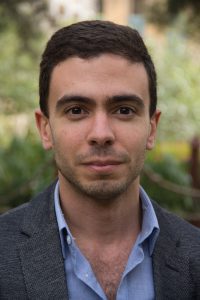
Our globalised economy has generated wealth and prosperity for millions of people around the world. Living standards have been raised to unprecedented levels. But this comes at a cost. The environment has suffered greatly, not only in terms of constant extraction of natural resources, but also at the hands of polluting processes and end-of-pipe waste.
Recognising that economies, and indeed our planet, have finite resources, the circular economy has become a popular concept among policymakers and stakeholders in recent years. The current linear ‘take, make, use, and throw away’ model of production entails substantial value losses and negative effects along the material chain. Because of this, we should ideally be designing and manufacturing products for continuous reuse and recycling, maximising resource efficiency, and minimising leakages and waste.
The appeal of the circular economy lies in its various environmental and economic benefits. Using secondhand materials and waste within business could cut costs, while their sale adds a potential revenue stream. The circular economy also offers new and vast business opportunities in areas such as product eco-design and product/material regeneration, all of which help create high-skilled jobs and investment in new technology.
The idea of the circular economy is particularly relevant to Malta, given its geographical circumstances, high import dependency, and lack of natural resources. Embracing the principles embodied within the circular economy concept would have an immediate positive impact on the environment while benefitting Malta’s long-term economic prospects.
However, we are still at the doorstep of circularity. Malta’s natural resource productivity fell by 7.6% between 2000 and 2015, with increased domestic material consumption outpacing economic growth. Waste management in key sectors like construction remains a major issue.
To encourage the shift from concept to the creation of circular economy business models, the University of Malta is part of the R2Pi Horizon 2020 project. Among other goals, it hopes to identify both market and policy failures that hinder the uptake of such models by business entities across Europe.
Author: Dr Jonathan Spiteri
R2Pi Horizon 2020: www.r2piproject.eu
This project has received funding from the European Union’s Horizon 2020 research and innovation programme under grant agreement No. 730378.
Domestic violence is no longer a private matter
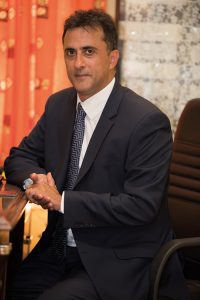
Domestic violence is a social issue scarring our communities. It is also on the rise. According to the CrimeMalta Annual Crime Review for 2016, there were ‘only’ 450 reports in 2008 compared to the 1272 instances in 2016, marking a jump of 183%.
Paradoxically, increasing reports of domestic violence are a good sign. They clearly indicate that people are more aware of domestic violence, that they recognise it, and find it unacceptable. Another positive is that the media is highlighting these cases. Domestic violence against women also has a lasting impact on children. Once exposed to intimate partner violence, the ramifications ripple through their lives both in the short term and when they become adults (Sammut Scerri, 2015).
According to the European Union Agency for Fundamental Rights, one in three European women experience physical and/or sexual violence by a partner. In Malta 15% of women over the age of 15 have experienced physical and/or sexual violence at the hands of a partner. Looking at the National Prevalence Study conducted in 2011 by the Commission for Domestic Violence, 26.5% of women have experienced one or more acts of violence by a partner, which includes, physical, emotional, or sexual violence. Probably one of the most worrying facts, according to the same study, is that 54% of women who have experienced violence did not seek assistance. Domestic violence significantly impacts female survivors who are low income, unemployed, or inactive.
Malta has to act, and the Faculty for Social Wellbeing (University of Malta) has already recommended a number of action points. First on the list is a one-stop-shop with a multidisciplinary response team, specially trained to address the situation holistically. This team involves police working with legal, social work, health, and psychological support. We also suggested a well–resourced National Action Plan, in-line with the Istanbul Convention, that is comprehensive and evidence-based. This would work hand in hand with a national programme on relationship education, targeting different age groups and genders, addressing gender stereotypes and issues around power and control. We also believe that court sentencing needs to be significantly harsher to reflect the seriousness of the crimes. Similarly, protection orders and treatment orders need to lead to significant punishments if broken. Finally, we must also work to alleviate the financial burden of domestic violence victims. Social assistance cheques have to be issued promptly, social housing must be made available, and child support contributions cannot be interrupted.
Domestic violence is no longer a private matter, but a community responsibility. For the good of everyone, it is an issue that needs to be addressed by academia, civil society, and the state in a coherent and well thought-out manner.
Author: Prof. Andrew Azzopardi
Further reading:
Sammut Scerri, C., Living with contradictions of love and violence: A grounded theory study of women’s understanding of their childhood experiences of domestic violence, Doctoral dissertation, University of Surrey, 2015.
http://crimemalta.com/documents/CrimeMalta_Annual_Report_SF_2016.pdf
In search of perfect silicon
Silicon is the go-to material for solar devices like photovoltaic panels despite its relatively low energy conversion rate of 15-22%. Researchers all over the world are analysing materials and creating new ones to find a better solution. A lucky handful are armed with a laser scattering tomograph (LST), the best instrument for the task.
An LST illuminates the sample material with an infrared laser beam, which scatters wherever it finds a defect. If there is a defect in a material’s structure, even one just a few nanometers wide, the very sensitive CCD camera at the other end of the machine will pick it up, allowing researchers to learn and adapt. It also boasts a robotic system that allows it to automatically load multiple samples at once.
The LST is very rare, but fortunately, one has found a home at the University of Malta’s (UM) Institute for Sustainable Energy (ISE), a brand new, state-of-the-art facility aimed towards finding efficient solutions for harnessing solar power to its fullest extent. ‘There are probably 10 to 12 of these worldwide,’ confirms Prof. Luciano Mule’ Stagno, Director of the Lab at the ISE. ‘Ours is one of the few in the world to be found in a university, almost certainly the only one in a university in Europe. Most of these machines are in industry settings,’ he says.
This enables the UM to conduct cutting-edge research in a field that is practically nascent, putting it at the forefront. With the LST, material engineers could unlock the secrets behind the perfect variation of defect-reduced silicon. This rise in efficiency could have a substantial impact on the worldwide sustainable energy market.

